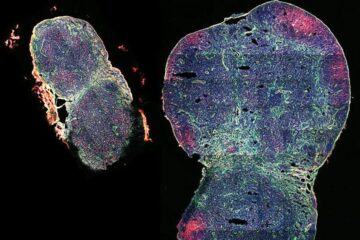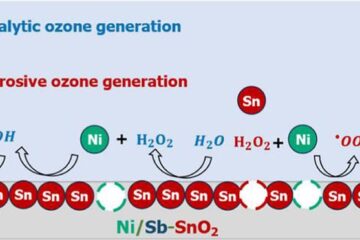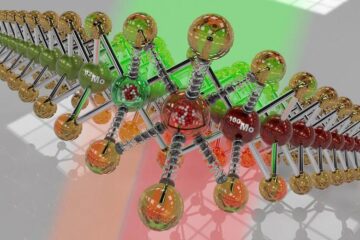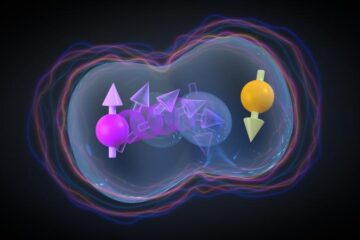Latest News

U. of Colorado scientists discover four new kingdoms of life
University of Colorado at Boulder researchers have discovered four new kingdoms of life in the high alpine environment of Colorado, findings that have potential applications in the fields of agriculture and global change.
Doctoral student Allen Meyer and Professor Steven Schmidt of the environmental, population and organismic biology department discovered the new microbe kingdoms in barren, boulder-filled tundra slopes west of Boulder.
At altitudes of 11,000 feet to 13,000 feet in

On line device for the measurement and control of the thickness of varnishes
Within the remit of the CRAFT European projects, the Departments of Materials and Mecatronics at CIDEMCO, in conjunction with IKERLAN (E) y VTT (FI), have finalised a development project for an on-line system for the measurement and control of the thickness of varnishes. The aim was to develop equipment which would provide information about the quantity of the product applied in the various varnishing processes.
As a rule, the quantity of varnish applied is controlled only at the start of a

Electronic tongue detects mold
Not only can an electronic tongue monitor the prevalence and growth of microorganisms, it can also sense the difference between various forms of fungi and bacteria. This is shown in a dissertation by Charlotte Söderström submitted at Linköping University. An objective of the project as a whole is to be able to make use of an electronic tongue in the future to monitor whether foodstuffs are fit for human consumption.
Today’s monitoring methods involve taking samples from production and analyz

Five Spacecraft Join to Solve an Auroral Puzzle
Five spacecraft have made a remarkable set of observations, leading to a breakthrough in understanding the origin of a peculiar and puzzling type of aurora. Seen as bright spots in Earth’s atmosphere and called “dayside proton auroral spots,” they are now known to occur when fractures appear in the Earth’s magnetic field, allowing particles emitted from the Sun to pass through and collide with molecules in our atmosphere. On March 18, 2002, a jet of energetic solar protons collided

A more efficient, lighter device that generates up to three times more electricity from waves
The world’s oceans hold the key to our future electricity needs. And their potential for producing power has yet to be fully exploited in terms of sustainable energy. The EUREKA WWEC project team hopes to bring exploitation of this renewable energy source a big step forward.
“We’ve developed a device that generates energy from the sea as easily as a wind turbine would do on land,” explains William Dick, managing director of the Irish company Wavebob that led the project. “There’s an awful lo

Asthma gene discovered
An Oxford University study has found a gene which predisposes people to asthma and atopy, a form of hypersensitivity which causes allergies. This discovery, published on Sunday [18 May] online in nature genetics, has the potential to lead to better classification of asthma and to new treatments.
Asthma affects one child in seven in the UK and there are 155 million cases of the disease in the world today. Asthma and allergies run strongly in families and have a genetic basis.
Funded











